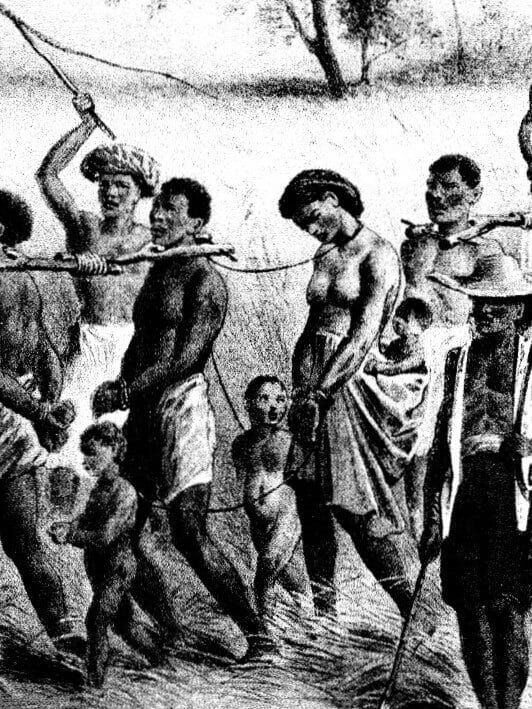|By Rachel Holt, Acquisitions Editor, Gale Primary Sources|
Alice Walker, Maya Angelou, Octavia E. Butler and Toni Morrison are just a handful of names of influential Black female novelists whose writing has arguably changed the modern world. Historically, however, women of colour were largely excluded from publishing due to poor literacy, lack of financial means, racism and prejudice. The odds were more often than not stacked against them. As a result, discovering such authors can be tough, so I would like to use the opportunity of Black History Month to showcase four wonderful examples of Black female authors who can be found in Gale’s Women’s Studies Archive: Rare Titles from the American Antiquarian Society, 1820-1922.









